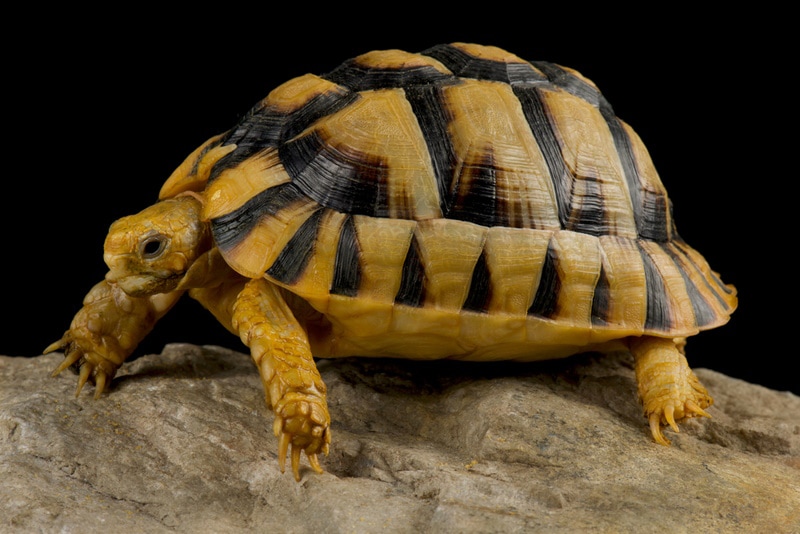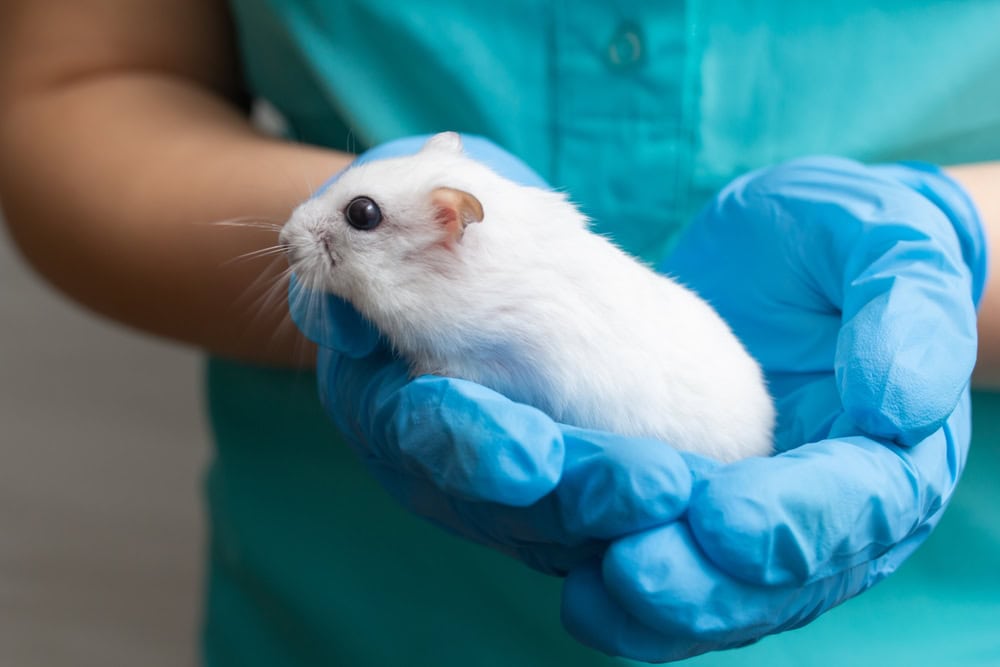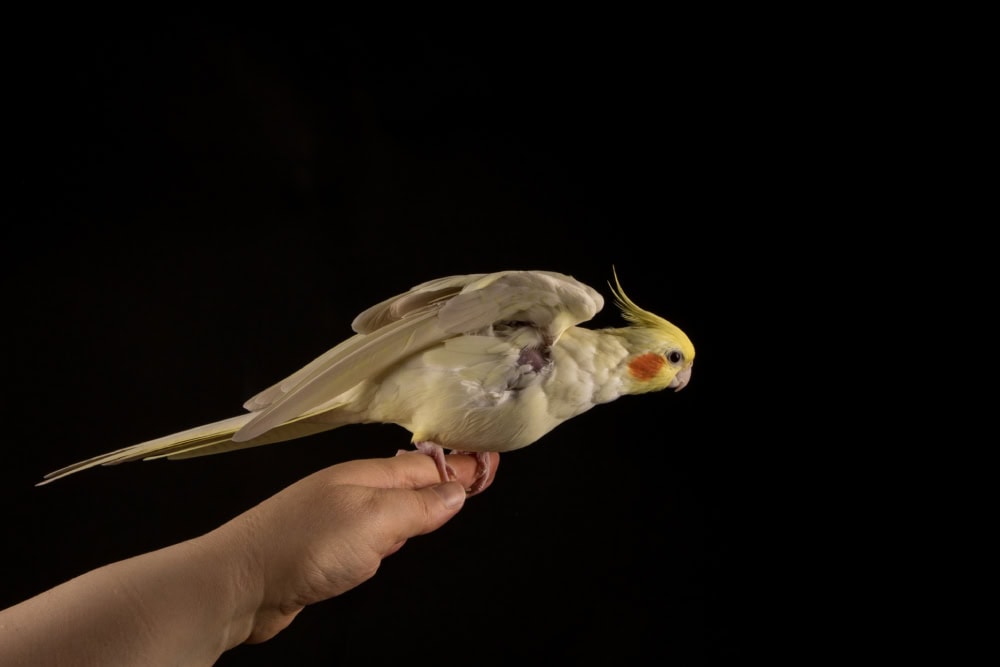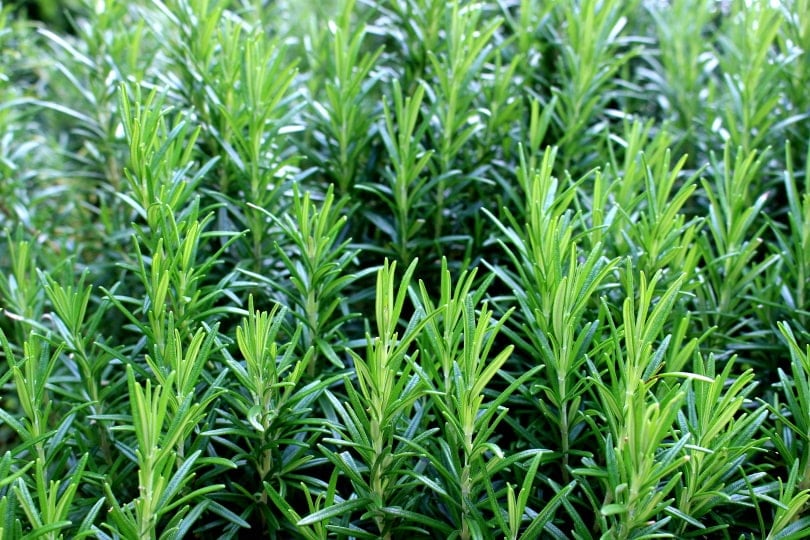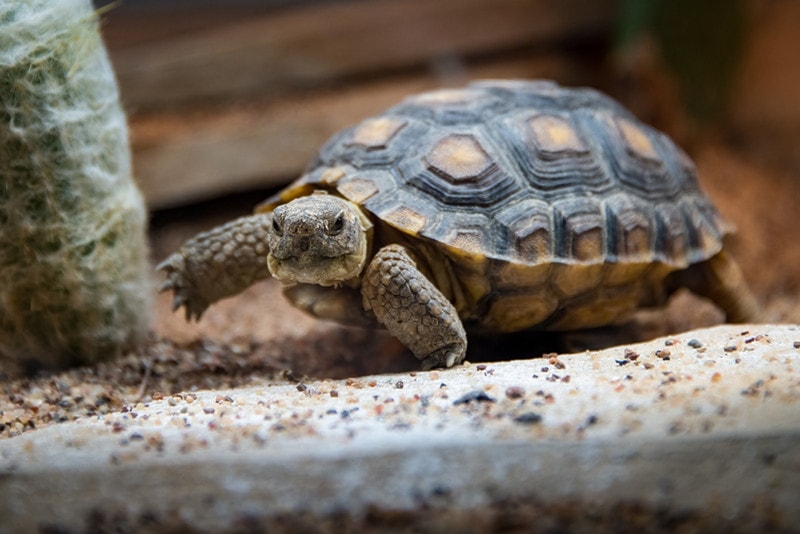
VET APPROVED

The information is current and up-to-date in accordance with the latest veterinarian research.
Learn more »Tortoises are extremely long-lived companions that can be with you for years. However, they do require some specialized care. They aren’t your average cats and dogs, after all.
That said, with some basic understanding, you can easily take care of tortoises. Most species have pretty straightforward care. It’s mostly a matter of understanding how they need to be cared for.

The 4 Tips for Caring for a Tortoise
1. Pick a Tortoise Species
Tortoises come in many varieties, and each one has its characteristics, preferences, and challenges. No two tortoises are the same!
Before you get a tortoise, you should do some research on the different species available and find out which one suits your lifestyle. They all have different needs, and some may better suit what you’re looking for than others.
Some of the factors to consider when choosing a tortoise species are:
- Size: Tortoises can range from a few inches to over 2 feet in length, depending on the species. You should think about how much space you have to house your tortoise, both indoors and outdoors, and how much you can handle its weight and strength.
- Lifespan: Tortoises are among the longest-living animals on earth, with some species reaching over 150 years of age. You should be prepared to commit to caring for your tortoise for its entire life or have a plan for rehoming it if you cannot.
- Diet: Most tortoises are herbivorous, meaning they eat only plants. However, some species may also eat insects or other animal matter occasionally. You should find out what your tortoise species eat in the wild and try to replicate it as much as possible with fresh and varied foods.
- Personality: Tortoises have different temperaments and behaviors depending on their species. Some are more active and curious, while others are more shy and reserved. Some are more sociable and tolerant of other tortoises or animals, while others are more solitary and territorial. You should choose a tortoise species that matches your expectations.
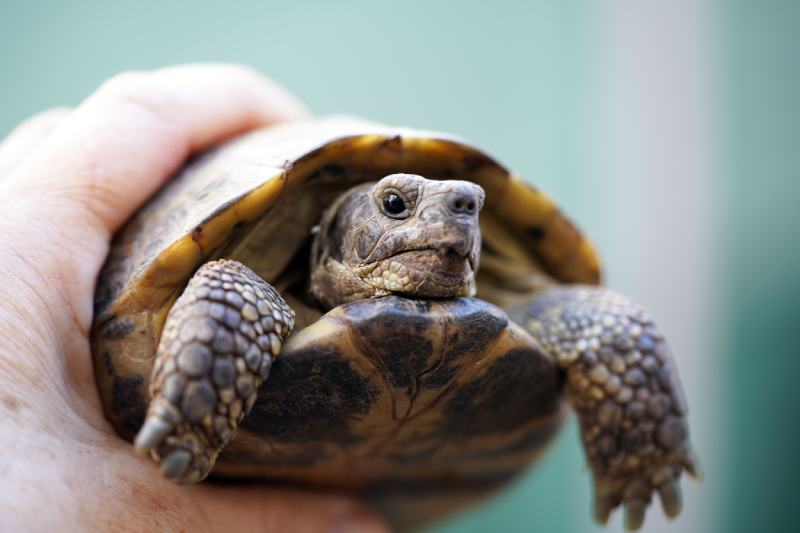
2. Feed Your Tortoise Correctly
Just like any other animal, tortoises need to eat. What they eat depends largely on their species. Certain tortoises only eat plants, while others also need some animal protein. It all varies from tortoise to tortoise.
For this reason, you’ll have to research what your specific tortoise eats. Then, you’ll need to feed them a well-rounded diet centered on those food items.
Here are some food items that tortoises commonly eat. However, always double-check what your tortoise needs:
- Grasses: These are the staple food for many grazing tortoises. You can offer them fresh or dried grasses such as timothy hay or alfalfa hay or let them graze on your lawn if it’s pesticide-free.
- Weeds: Weeds are another great source of food for many wild or Mediterranean tortoises, such as Greeks or Russians. You can offer them fresh or dried weeds, sow thistle, or let them forage in your garden if it’s pesticide-free.
- Flowers: Flowers are a treat for many tropical tortoises. You can offer them fresh or dried flowers, but make sure they are edible, non-toxic varieties. Random flowers you find at the store probably don’t fit in this category.
- Vegetables: These are an acceptable part of a balanced diet for most tortoises, but they should not be given too often as they are low in calcium content, which can cause shell deformities.
- Cacti: These are an excellent source of food hydration for many desert or arid-adapted tortoises. You can offer them fresh cacti of many different varieties.
- Supplements: Most tortoises require supplements of some sort. The exact kind may vary. To keep your tortoise healthy, these supplements fill holes that are common in commercial diets.
3. Provide Water
Tortoises also need water. However, how they consume this water varies widely. Some will drink out of a water bowl, which provides them with all the water they need. Others do not, though, and you must provide them with some other sort of water.
Soaking tubs provide some tortoises with all the water they need. For instance, tortoises may soak up water through their skin, as well as drink from a soaking tub.
You just need a shallow container that is large enough for your tortoise to fit in but small enough for it to climb out easily. You should fill it with lukewarm water up to your tortoise’s chin level and place it in an accessible spot in its enclosure. You should let your tortoise soak for at least 20 minutes once a week or more often if needed. Always change the water after a period of soaking. It will get quite dirty.
Misting is another way to give tortoises water. It’s often applicable for species that live in deserts, as they’re used to getting very little water. They may also get hydrated by eating cactus, which is full of water.
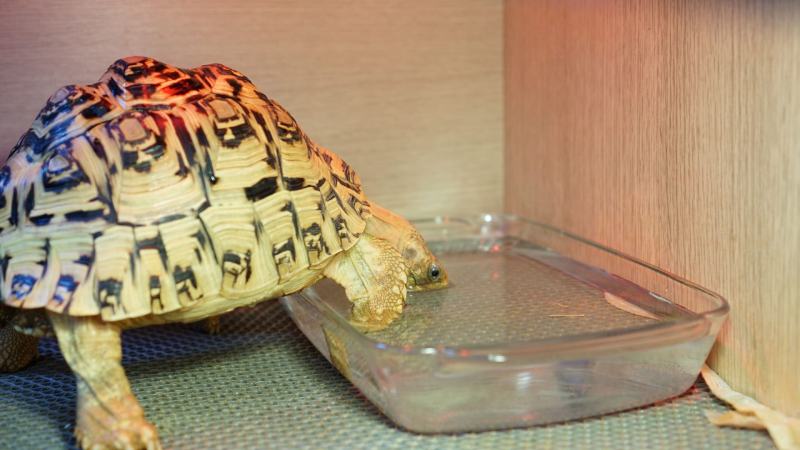
4. Provide Shelter
Your tortoise will also need shelter of some sort. This shelter allows your tortoise to feel safe and thermoregulate. The shelter can be provided in different ways depending on whether your tortoise lives indoors or outdoors and what its natural habitat is like.
You can provide your tortoise with an indoor enclosure, which is a place where your tortoise lives in your house. It should be large enough to provide your tortoise with enough space to move around, explore, and access different temperature zones. The exact setup will depend on the species.
You can also set up an outdoor enclosure. You need to consider their natural habitat, which will determine exactly what temperature regulators you need. Otherwise, the setup should be fairly similar to the indoor enclosure.
Many owners also provide their tortoise with a hide box, which provides them somewhere to hide. It should also be large enough for your tortoise to fit in comfortably but small enough to retain heat and humidity.
You should place the hide box in a shaded and quiet area of the enclosure and fill it with some bedding material such as hay, straw, moss, or shredded paper.

Conclusion
Taking care of a tortoise may be a lot different than taking care of a cat or dog. After all, you can’t go purchase a commercial kibble for your tortoise. However, once you have some basic knowledge, taking care of these unique pets isn’t very challenging.
The most important thing is to research your particular tortoise and take care of them accordingly. Some tortoises eat only plants, while others need a great deal of animal protein, too. No two species require the same care.
Related Reads:
Featured Image Credit: Brian Mitchell.5867, Shutterstock
Contents
How useful was this post?
Click on a star to rate (you can leave written feedback after clicking submit)
Help us improve Hepper for pet parents!
Your feedback really matters.
What did you like about this post? Also how can we improve it?












